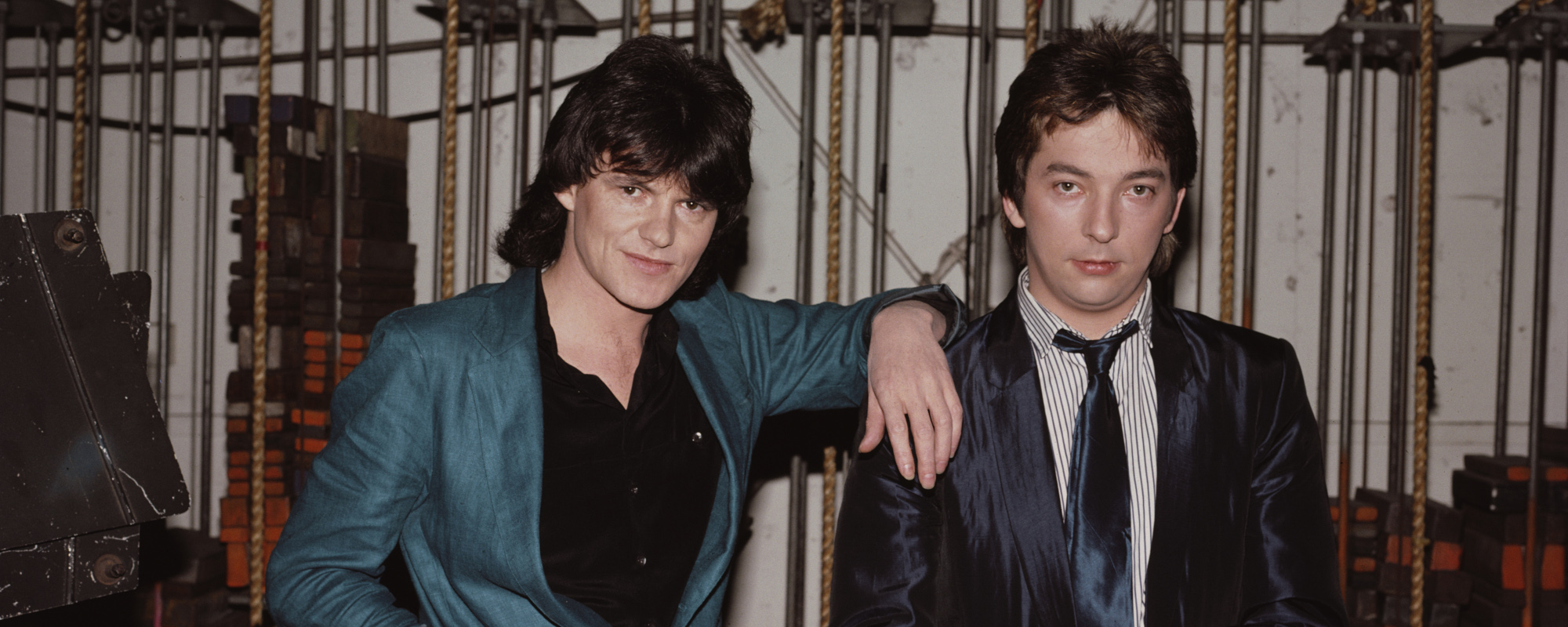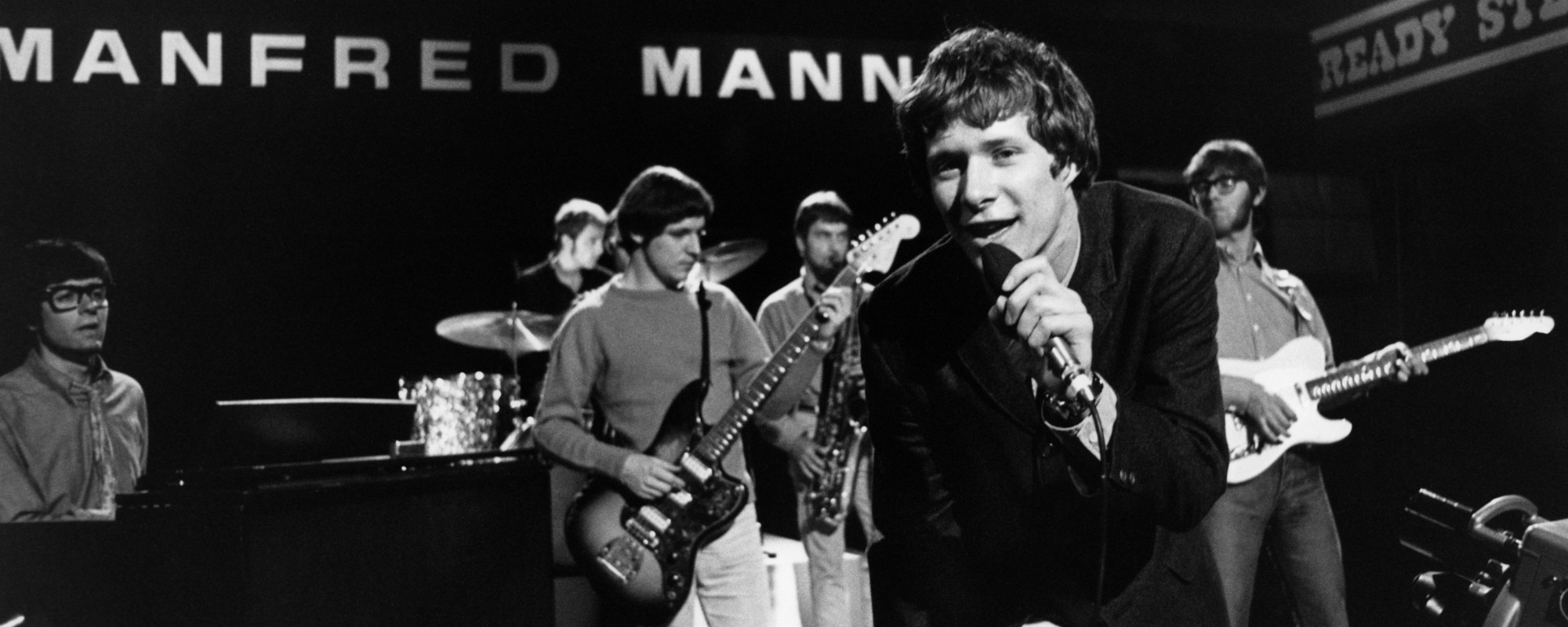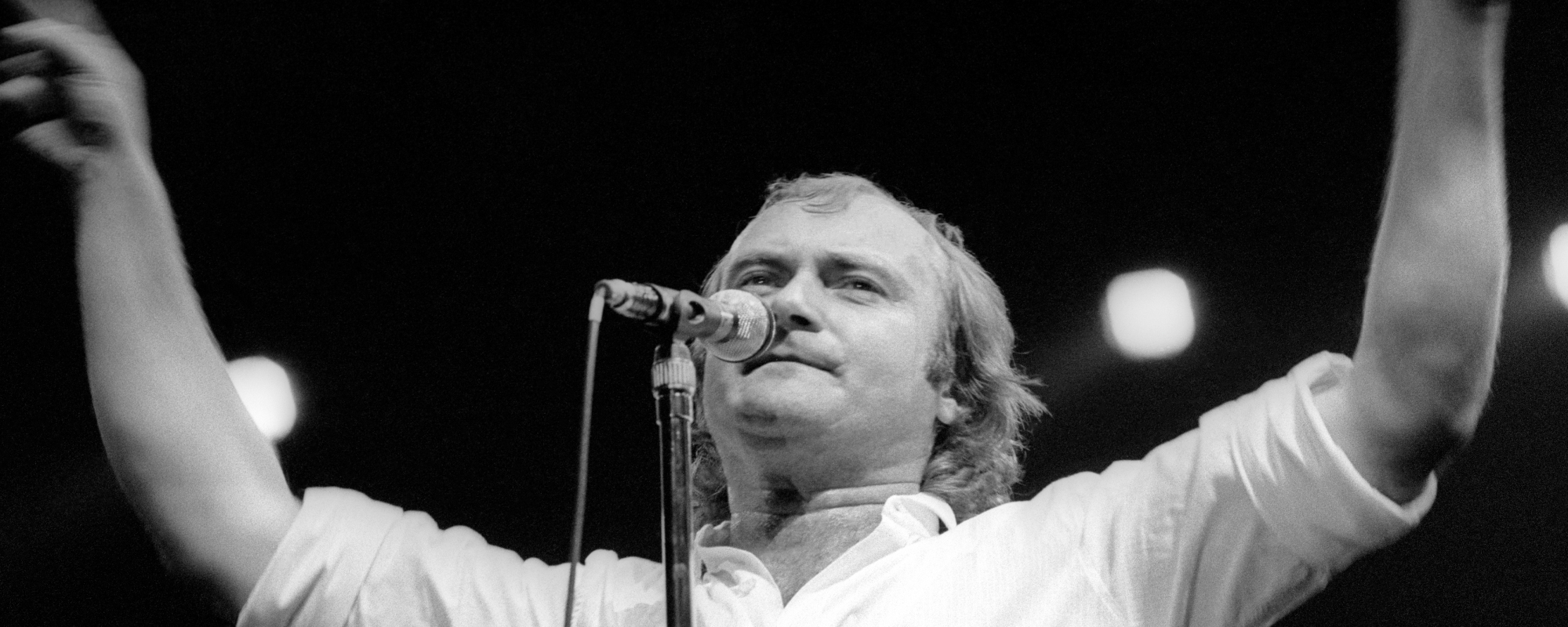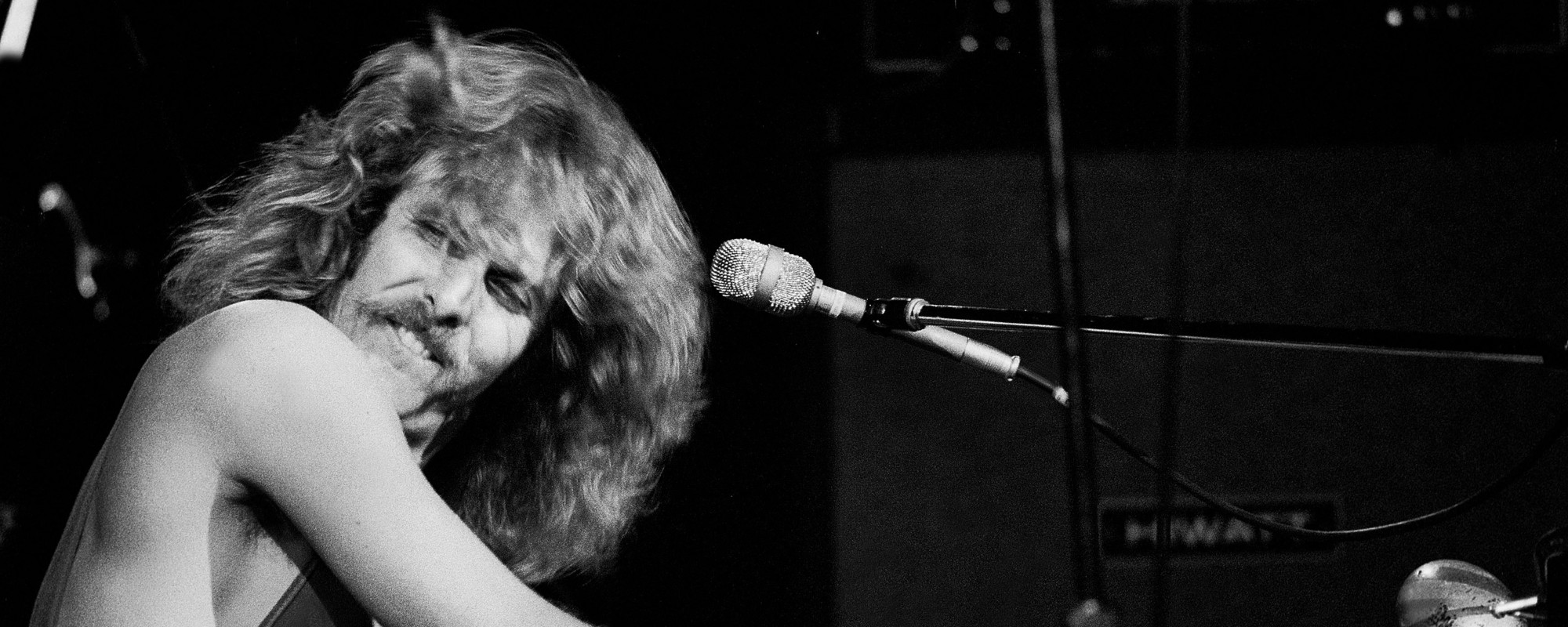After reading an interview with The Who’s Pete Townsend, Paul McCartney found himself competitively inspired to reproduce a complex amusement park-like chaos in his music. In the interview, The Who’s newest song at the time, “I Can See For Miles,” had been described as “dirty,” “gritty,” and unlike anything of its time. This distinguishing description led McCartney to push the boundaries just a bit further, resulting in The Beatles’ White Album song, “Helter Skelter.”
Videos by American Songwriter
The term helter-skelter can be defined as either disorderly confusion or a slide that spirals around a tower at an amusement park. McCartney highlighted both meanings of the term through his opening lyrics: “When I get to the bottom I go back to the top of the slide/ Where I stop and I turn and I go for a ride/ Till I get to the bottom and I see you again.” The constant, untrackable movement of both lyrics and timbre exemplifies the gritty vibe that McCartney wanted to impress upon his listeners.
Credited to Lennon-McCartney, “Helter Skelter” preceded Led Zeppelin in the use of heavy, unpolished instrumentals. While the song is not technically recognized as pioneering heavy metal, the sound that “Helter Skelter” introduces contains metal nuances such as extreme volume, constant riffs, and guitar distortion throughout the song. McCartney’s turn to unexplored instrumentals highlights the priority of the song’s timbre over its lyrics.
In an interview with Rolling Stone, John Lennon commented on outside interpretations of the song’s lyrics: “We used to have a laugh about this, that or the other … some intellectual would read us, some symbolic youth generation wants to see something in it” (1970). Much like the many over-read interpretations of “Helter Skelter,” the song is commonly known for Charles Manson’s adaptation of the term as a foundation for his theory of an impending race war. By misappropriating the song’s title, Manson turned its chaotic theme into one of anarchy and violence. The lyrics, however, uphold McCartney’s intentions focusing on the turbulent nature of both the amusement park ride and a sexual relationship.
In 1988, U2 performed the song live (it’s found on the album Rattle and Hum), introducing the song as “the song Charles Manson stole from The Beatles. We’re stealing it back.”
Are you a songwriter? Enter the American Songwriter Lyric Contest.













Leave a Reply
Only members can comment. Become a member. Already a member? Log in.